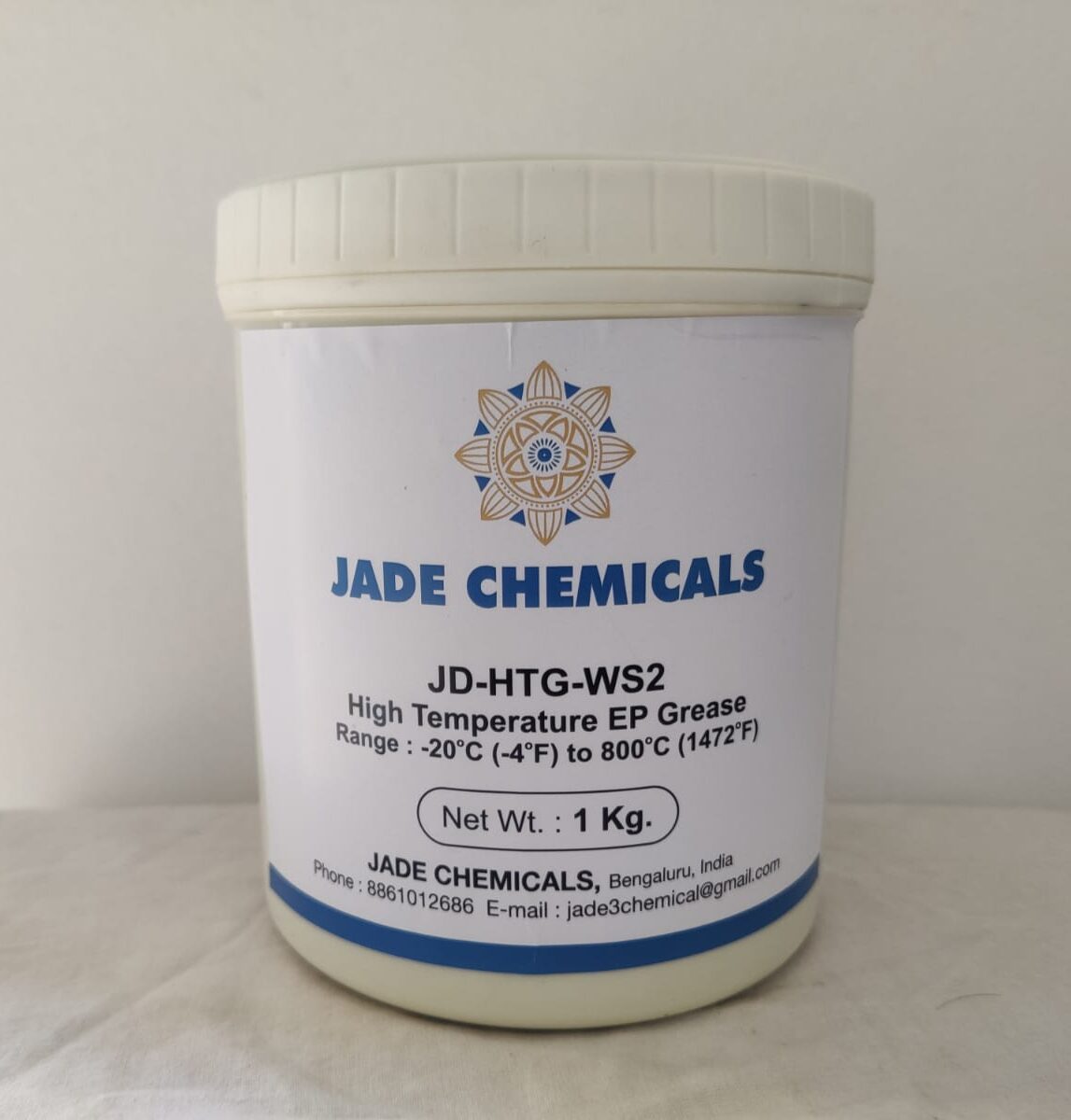
This high-performance grease is formulated with a high-viscosity synthetic base oil, Tungsten Disulfide (WS2) particles, and a blend of special performance-enhancing additives.
Key Features of High Temperature Grease
Key Properties of High Temperature Bearing Grease
High-speed machinery requires precisely engineered lubrication. The wrong grease can increase heat, friction, and even cause premature bearing failure. Selecting the appropriate high-temperature bearing grease is essential for maintaining performance, reliability, and longevity in demanding environments.

Jade Chemicals specializes in high-performance lubricants engineered to reduce friction and wear in demanding applications.
© Copyright 2025 by jadechemicals.in